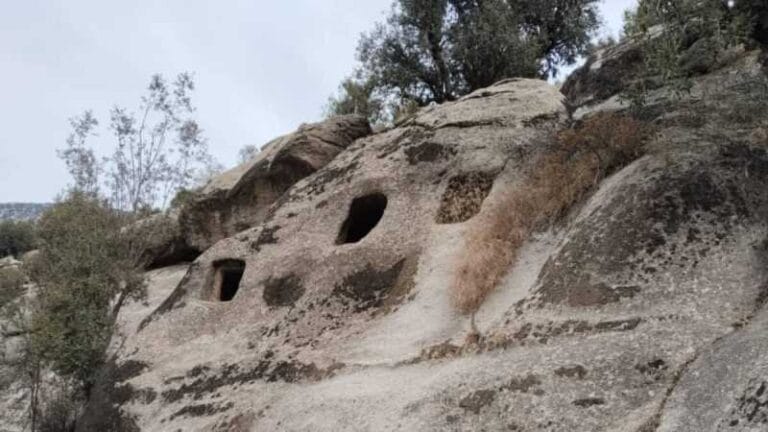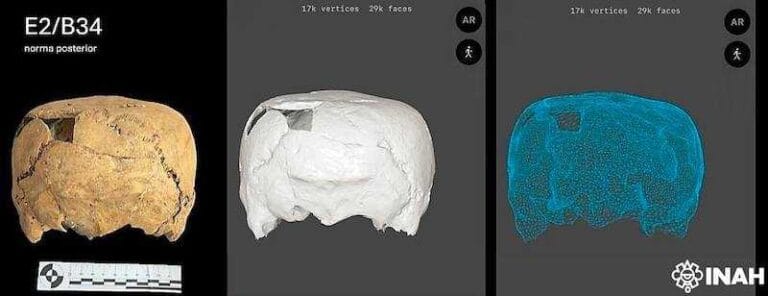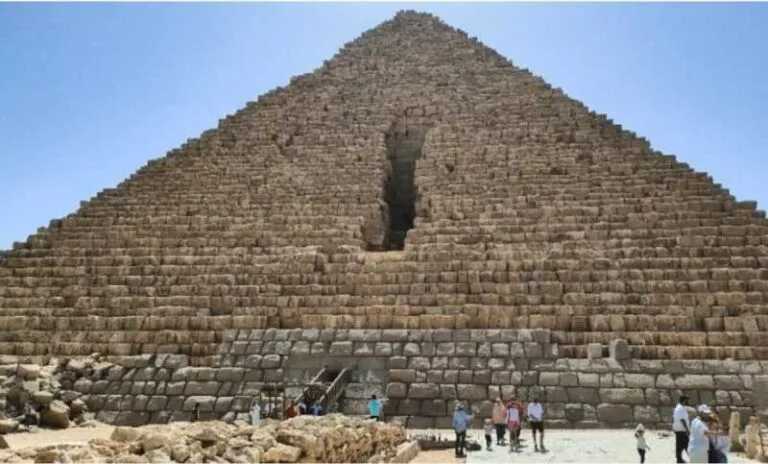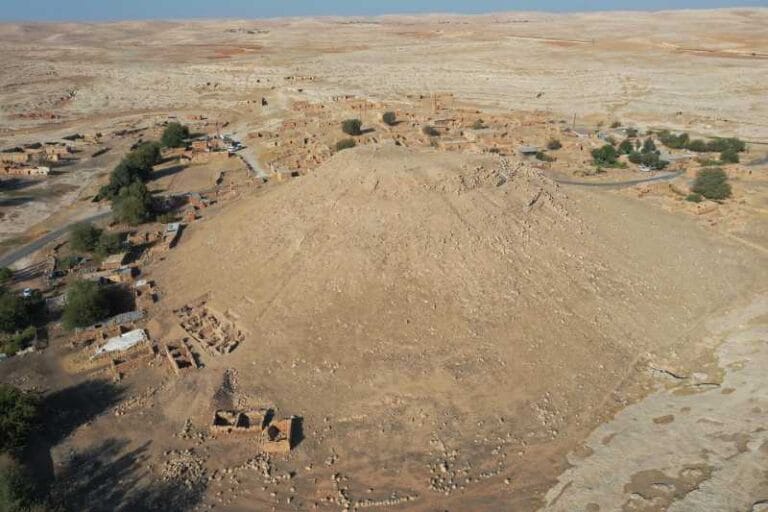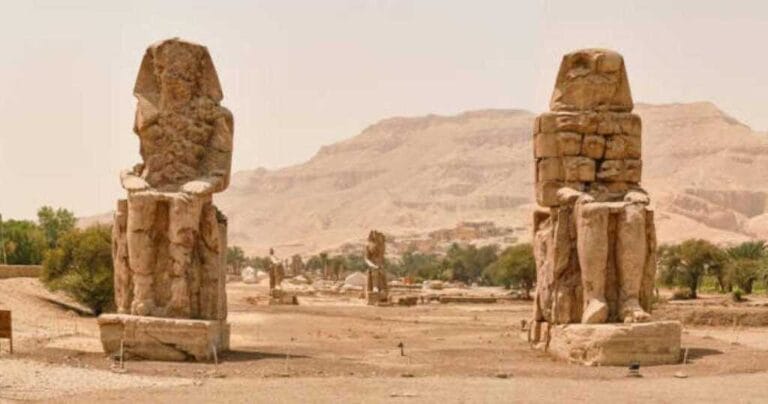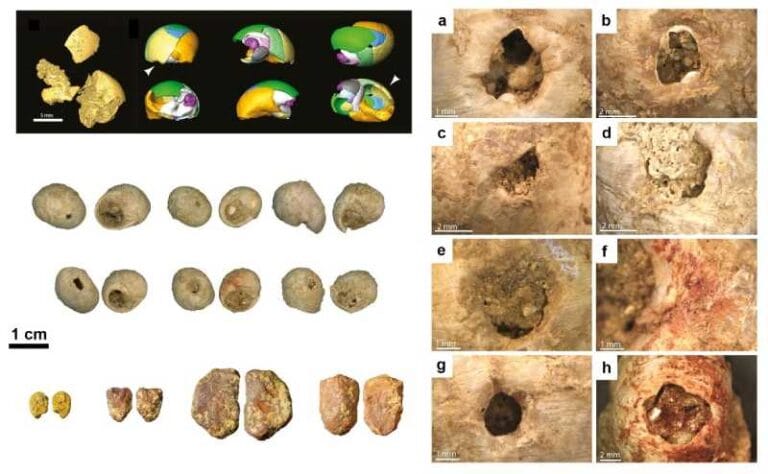Ancient city of Imet discovered in Egypt

A groundbreaking archaeological discovery in Egypt has shed light on an ancient city forgotten for millennia. Excavations at Tell el-Fara’in (also known as Tell Nabisha), in the Al-Sharqiya province, have revealed the remains of the city of Imet, inhabited as early as the 4th century BCE.
Among the uncovered structures are multi-story residential buildings, grain storage facilities, and animal shelters. The discovery was announced by Egypt’s Ministry of Tourism and Antiquities at the close of the latest excavation season, led by the British archaeological mission from the University of Manchester.
According to archaeologist Mohamed Ismail Khaled, Secretary-General of Egypt’s Supreme Council of Antiquities, the excavations focused on the eastern sector of the site. Researchers used remote sensing technology and satellite imagery to identify dense concentrations of mudbrick structures in targeted areas.
One of the most remarkable findings is a type of construction rarely documented: the so-called “tower houses.” These were multi-story homes designed to accommodate large numbers of people. They featured exceptionally thick foundation walls to support the weight of the upper floors — an architectural style commonly found in the Nile Delta from the Late Period through Roman times.
In addition to residential areas, the team also uncovered storage buildings used for holding grain and shelters for livestock, suggesting that Imet was a well-organized city with both domestic and economic infrastructure.

In the temple area dedicated to the goddess Wadjet, archaeologists discovered the remains of a large limestone floor and two massive mudbrick columns that were likely once covered in plaster. These remnants probably belonged to a structure built over an ancient processional route that connected a Late Period pylon to the pylon of Wadjet’s temple.
Evidence suggests that this ceremonial route fell out of use by the mid-Ptolemaic period as religious practices and the city’s urban layout evolved.
Among the most significant artifacts unearthed are:
- The upper part of a ushabti figurine made of finely crafted green faience, dated to the 26th Dynasty.
- A stone stele depicting the god Horus standing atop two crocodiles while holding snakes, topped by an image of the protective deity Bes.
- A bronze sistrum, a musical instrument associated with the goddess Hathor, adorned with two representations of her head.
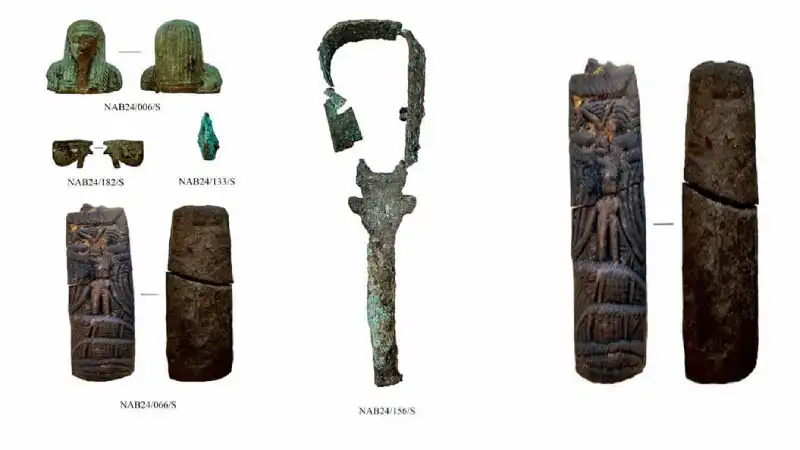
According to Dr. Nicky Nielsen, director of the excavation mission, Imet was one of the major urban centers in Lower Egypt, especially during the New Kingdom and the Late Period. The city was renowned for its grand temple dedicated to the goddess Wadjet, whose ruins still stand on the western side of the site.
For Mohamed Abdel Badi, head of Egypt’s Department of Egyptian Antiquities, the discovery not only expands knowledge about the Delta’s ancient settlements but also offers rare insights into daily life, architecture, and religious practices during both the Late and early Ptolemaic periods.
Egypt’s Ministry of Tourism and Antiquities emphasized that the discovery of Imet underscores the importance of continued investment in archaeological research. Beyond preserving cultural heritage, such finds have the potential to boost cultural and academic tourism in the region.
The team now plans to continue investigations in upcoming excavation seasons, aiming to uncover more secrets from this ancient city that lay hidden beneath the sands of the Nile Delta for centuries.

